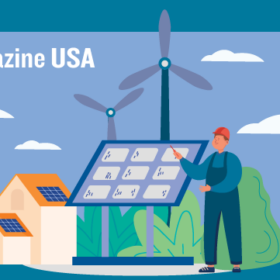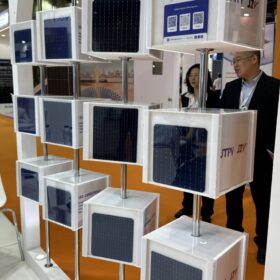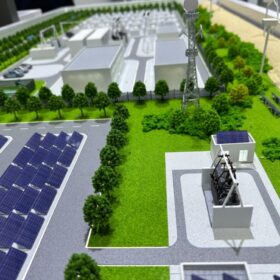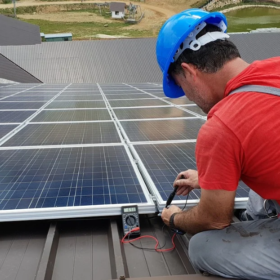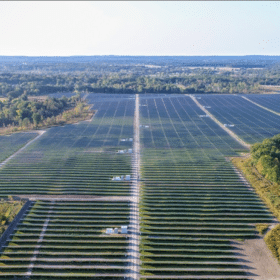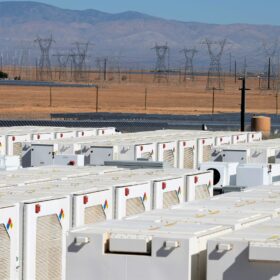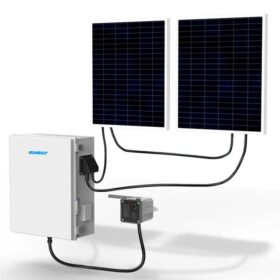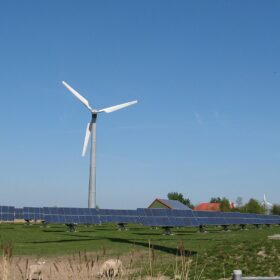Potential U.S. voters want more emphasis on renewable energy
A recent survey suggests presidential candidates should speak out more on energy priorities.
Assessing viability of agrivoltaics in corn fields
Researchers from Purdue University have studied the impact of traditional photovoltaic systems and agrivoltaics deployed in corn croplands. They conclude agrivoltaics could offer a viable strategy to ease the current tradeoff between energy production, greenhouse gas emissions, food production and farm profitability.
ES Solar and sonnen find success in Wattsmart VPP program in Utah
ES Solar says its objective is to retrofit 40% of all residential solar arrays in Utah with sonnen VPP batteries.
U.S. authorities detain solar modules imported from Mexico
Module manufacturer Maxeon says that U.S. Customs and Border Protection officials have detained all of its panel imports from Mexico since July as the federal law enforcement agency investigates their compliance with the Uyghur Forced Labor Prevention Act (UFLPA).
Sunrise brief: Residential solar installer Lumio files for bankruptcy
Also on the rise: Trinasolar US displays 2000 V module, trackers, energy storage and more. U.S. DOE announces $125 million to fund two Energy Innovation Hubs. And more.
Residential solar installer Lumio files for bankruptcy
The company serves markets in the U.S. West, Southwest and Southeast. It filed Vhapter 11 bankruptcy to finalize its sale process.
U.S. DOE announces $125 million to fund two Energy Innovation Hubs
The U.S. Department of Energy will provide $125 million in funding for two Energy Innovation Hub teams to accelerate energy storage technologies. The research focus will be energy storage for both transport and stationary storage applications.
Scientists estimate material demand for all silicon PV module technologies by 2050
Dutch researchers used dynamic modelling to uncover the demand for silicon-based PV materials used in a wide range silicon PV technologies, including perovskite-silicon tandem and back-contact modules. The model included calculating the impact of advances in module efficiency and material intensity, as well as circular closed loop recycling.
Maximizing solar efficiency through bifacial tracking systems
The solar energy industry continues to innovate, striving to improve the efficiency and reliability of photovoltaic systems. One of the most promising advancements is the development of bifacial modules combined with tracking systems. These technologies aim to capture more sunlight and convert it into electricity, making solar energy more effective and affordable. IEA PVPS Task 13 is at the forefront of this innovation, working to enhance the performance and reliability of PV systems. This article explores the concept of bifacial tracking, its advantages, challenges, market developments, and the significant contributions of IEA PVPS Task 13.
Are batteries the best option for energy storage?
While other options exist, lithium-ion batteries are becoming the preferred way to store energy from renewable energy sources, with the help of IEC Standards.




